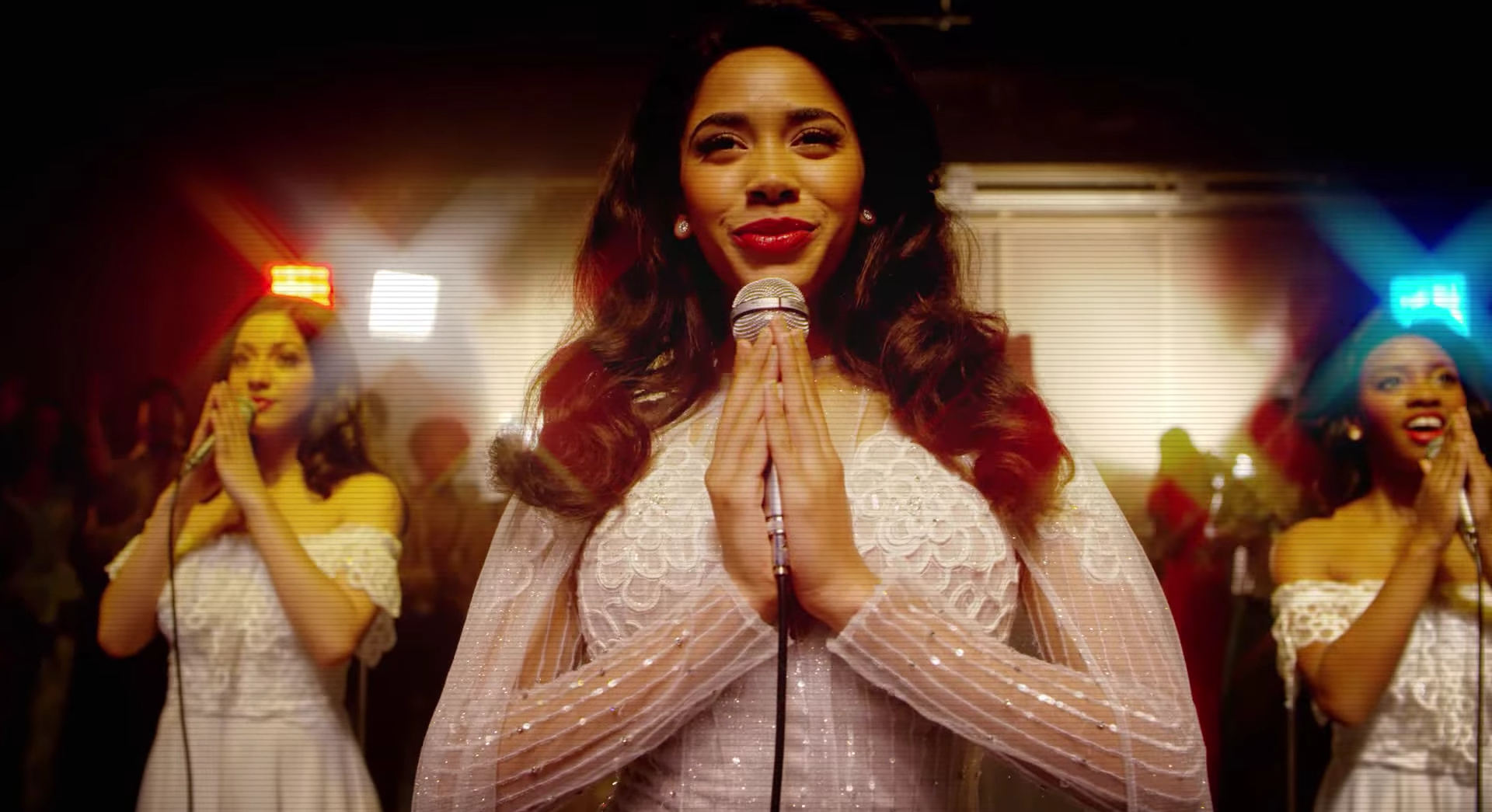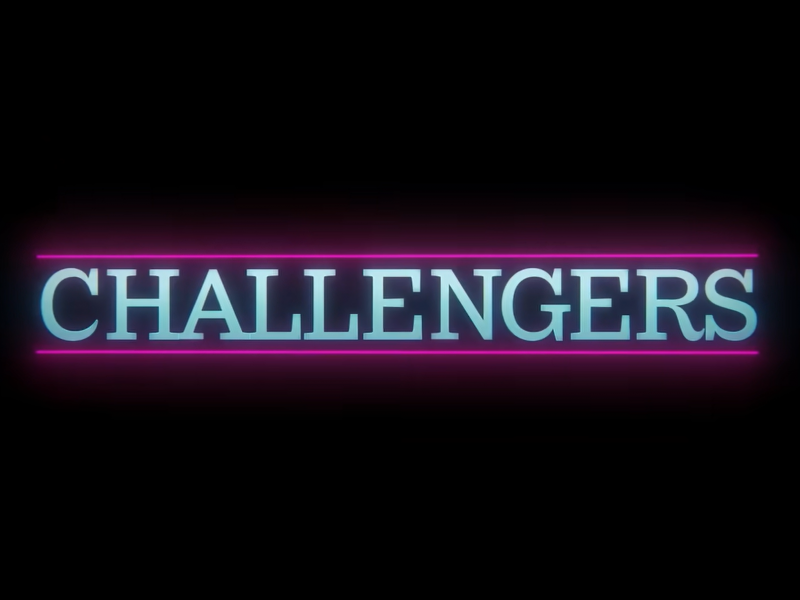After the first part of season one (released in August), the Baz Luhrmann- and Stephen Adly Guirgis-produced Netflix show The Get Down appeared to be a musical retelling of hip-hop history.
I wrote in a November essay that “The Get Down shows how hip-hop can be a means of cultural revolution by going against the societal and cultural norms.”
In the second part of season one (released Friday), the narrative of hip-hop takes a step back as it falls victim to the drama of the rest of the plot. The characters’ lives outside their music gets the most attention. For Ezekiel “Zeke” Figuero (Justice Smith, Paper Towns), it’s his internship and an application to Yale. For Curtis “Shaolin Fantastic” Anderson (Shameik Moore, Dope), it’s his life of crime with Fat Annie.
Part two picks up a year after the conclusion of its predecessor. The Get Down Brothers have successfully spread their style of music through the South Bronx one parks and rec center at a time, and Mylene Cruz (Herizen F. Guardiola) and her Soul Madonnas are on their way to becoming disco stars.
Because part two focuses more on the plot line outside the music, it is easy for the show to overshadow itself. In a lot of ways, the story has outgrown the narrative it tells; the plot is no longer focused on the history of hip-hop, leading The Get Down to feel more like a soap opera than a hip-hop opera.
The second half of the first season also sees the introduction of some new elements into the show.
In the first half, an older version of Zeke does all the narration through rap songs. In the most recent five episodes, the creators added animated interludes — meant to be comic strips drawn by Marcus “Dizzee” Kipling (Jaden Smith) — which, while entertaining and clever, detract from the feel of the show.
When used sparingly, these animated shorts are interesting, but whole chunks of story and plot are told in this fashion. This takes away from the role of the cast and, consequently, the role of the music.
The cast is still phenomenal. Justice Smith perfectly captures the essence of the book-smart-turned-street-smart kid from the South Bronx, and Moore is a bona fide star in his own right.
Not only do they act, but they can sing, too. Guardiola has a powerful voice that is at first unexpected. If watching The Get Down isn’t enough, you can hear more of her incredible vocals on the soundtrack.
While the second season of The Get Down was good, it still shifted away from the central element of the show: the music. The creators instead chose to romanticize and glorify the successes that come with the music industry, only to have them all go away in the blink of an eye. All of the naivety that was present disappears when Miles “Boo-Boo” Kipling (T.J. Brown Jr.) is arrested on drug charges. As the youngest member of The Get Down Brothers is taken away, so, too, is the innocence of the rest of the members.
There is a lot of potential for this show going forward, and while it is not yet clear whether or not there will be a second season, the creators deserve a chance to show what they can do moving forward.
If part one of The Get Down was about how hip-hop could be “a means of cultural revolution,” then part two is about how hip-hop can be a weapon to get what you want. In their most triumphant moment of the season, The Get Down Brothers rally all the emcees and B-Boys in the Bronx to help stop Cadillac and Fat Annie from replacing DJs with live bands.
It is this show of unity, this struggle to justify their art, that shows the true power of hip-hop music in bringing people together.




